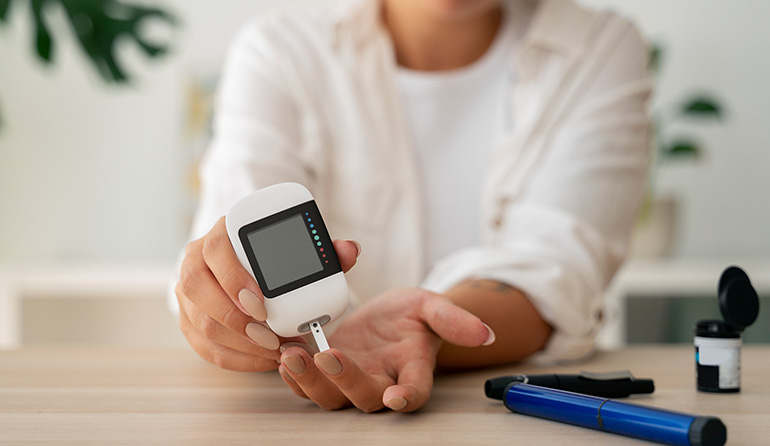
Rubbing Eyes Can Lead to Blindness
With the arrival of spring, the increase in pollen and changes in weather conditions trigger allergic reactions that affect millions of people. Individuals with allergies struggle with symptoms such as itching, nasal congestion, watery eyes, and redness.
Patients dealing with spring allergies tend to constantly rub their eyes. Although rubbing the eyes may seem like a simple habit, it can lead to permanent vision loss, especially due to the damage it causes on the cornea. It has been found that changes occurring particularly in the cornea-the transparent front layer of the eye-can lead to vision loss to the extent of blindness. Rubbing the eyes disrupts the natural structure of the cornea and can cause serious conditions like keratoconus, which result in loss of vision.
Spring allergies are the result of the immune system in the eye overreacting. Due to the itching and watering of the eyes, many patients instinctively start to rub their eyes. However, this action causes thinning and protrusion in the corneal tissue on the eye’s surface, leading to progressive deformity. In a condition known as keratoconus, patients initially complain of blurred vision caused by astigmatism, and if not diagnosed and treated in time, it can progress to serious visual problems, including the inability to see clearly even with glasses, and eventually vision loss. Experts who offer advice on how to protect against the risks of rubbing the eyes emphasize that proper treatment methods should be applied before rubbing the eyes in order to alleviate allergic reactions. Allergy symptoms can be managed correctly with treatments such as medication, eye drops, and cold compresses. Instead of rubbing the eyes, these alternative treatment options are preferred.
Precautions to Protect Eye Health:
- Use allergy medication regularly: Eye drops prescribed by a doctor can help alleviate allergic reactions.
- Avoid rubbing your eyes: Rubbing can cause harmful bacteria to spread to the delicate tissues of the eye.
- Apply cold compresses: Applying a cold compress can relieve itching and swelling in the eyes.
- Pay attention to hygiene: Make sure your hands are clean before touching your eyes.
In order to protect eye health and prevent serious vision problems, individuals with spring allergies should be careful not to harm their eyes. Avoiding the habit of rubbing the eyes during the spring season can help reduce the risk of vision loss.
May 2025























